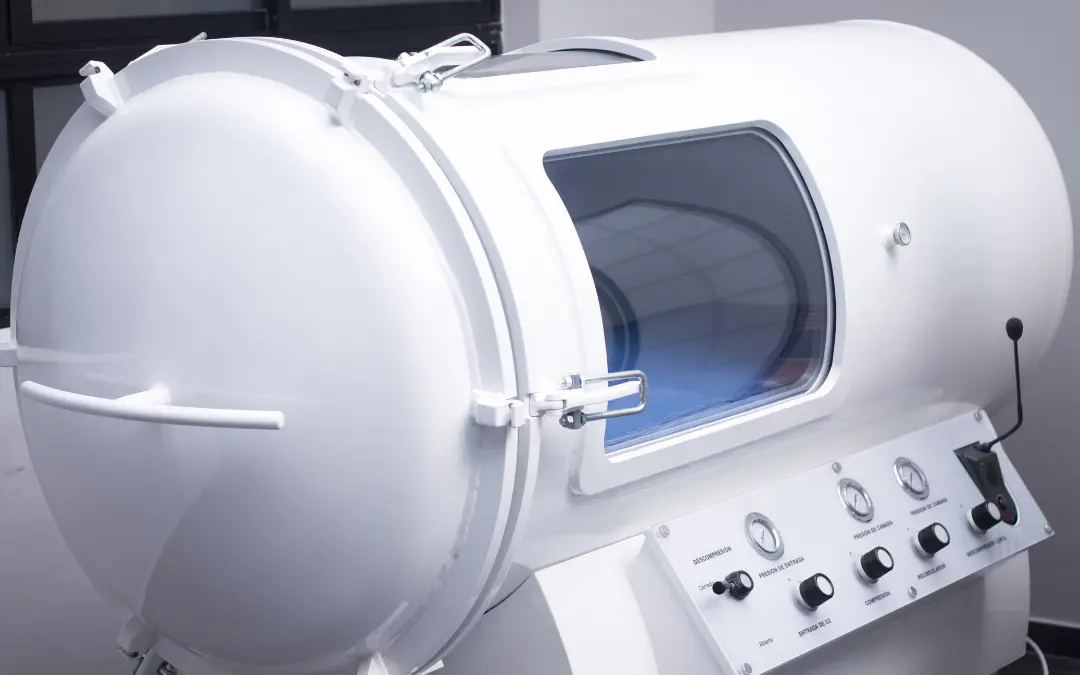Title: “Demystifying MHBOT: How Mild Hyperbaric Oxygen Therapy Works”
Introduction:
Mild Hyperbaric Oxygen Therapy (MHBOT) is all about using pressure to help your body absorb more oxygen and supercharge its healing and performance abilities. In this article, we’ll explore how MHBOT works and how it can enhance oxygen delivery to every cell, promoting healing and vitality.
The Science of Pressure Gradients
To comprehend how MHBOT works, let’s first dive into the fascinating world of pressure gradients. At its core, the movement of gases like oxygen and carbon dioxide in and out of your body relies on differences in pressure and concentration. Gases naturally flow from areas of high pressure and concentration to regions of lower pressure and concentration.
As long as the pressure and concentration of oxygen outside your body (in the air you breathe) surpasses that inside your body, oxygen will traverse this gradient, making its way from your lungs into your bloodstream and eventually nourishing your cells.
Pressure’s Crucial Role
Crucially, the amount and rate at which oxygen moves along this gradient hinge on the level of pressure. This principle explains why altitude training is effective and sheds light on the magic of hyperbaric oxygen therapy.
Consider this: the air you breathe contains 21% oxygen, regardless of your altitude. What varies is the atmospheric pressure. At sea level, the air pressure stands at 760mmHg, with oxygen pressure at 159 mmHg. Ascend to 8000 feet above sea level, and the air pressure drops to 564 mmHg, while oxygen pressure decreases to 118 mmHg. This disparity in pressure is what makes the air “thinner” at higher altitudes.
Conversely, when descending below sea level, pressure intensifies, enabling your body to absorb more air and oxygen. The deeper you venture, the greater the pressure, and subsequently, the enhanced absorption capacity.
Pressure and Healing
In a hyperbaric environment, precise control over pressure and duration empowers individuals to modulate their oxygen absorption. This control translates into heightened oxygen delivery to their cells. Once inside, this extra oxygen fuels the production of ATP, the body’s energy currency, amplifying the functional capacity of tissues and expediting the healing and recovery processes.
Crucially, this effect can’t be replicated merely by breathing higher oxygen concentrations or frequenting oxygen bars. Without the vital component of pressure, the body won’t absorb additional oxygen.
Enhancing Oxygen Delivery
Beyond increasing oxygen levels, MHBOT addresses scenarios where red blood cells may already be fully saturated with oxygen but encounter obstacles in delivering it to the tissues. Trauma to the circulatory system, whether macro trauma from accidents or microcirculation damage caused by chronic inflammation, toxicity, or overuse injuries, can impede oxygen distribution.
Research reveals that elevating oxygen levels in the body beyond the norm offers a host of benefits, including:
- Enhanced delivery of free-floating oxygen to muscle tissue
- Increased efficiency and speed of ATP production within cells
- Augmented total mitochondrial count
- Expanded capacity for complex brain and motor functions
- Accelerated recovery of muscle tissue following exercise or injury
Conclusion
Mild Hyperbaric Oxygen Therapy unveils the remarkable interplay of pressure gradients and oxygen absorption. By harnessing this synergy, individuals can tap into a wealth of healing and performance-enhancing benefits. With MHBOT, the quest for optimal health and vitality takes a bold step forward, promising enhanced oxygen delivery to every cell, the cornerstone of healing and rejuvenation.
Source
Sonners, J. Benefits Of Hyperbaric Oxygen Therapy On Performance And Recovery. HBOT USA. https://hbotusa.com/benefits-of-hyperbaric-oxygen-therapy-on-performance-and-recovery

